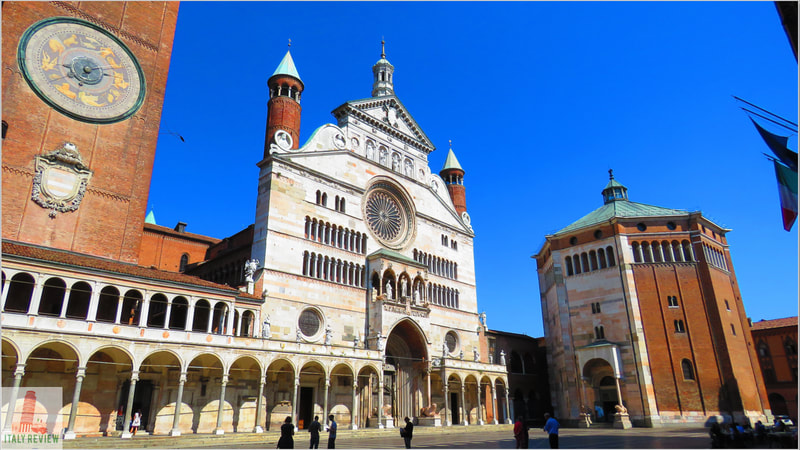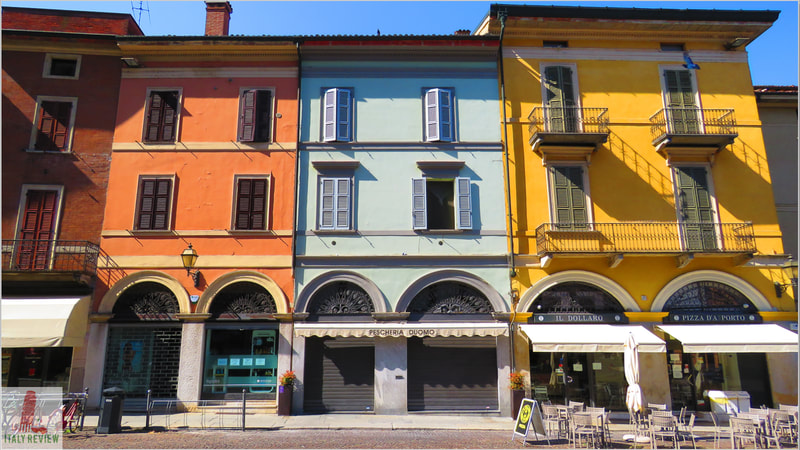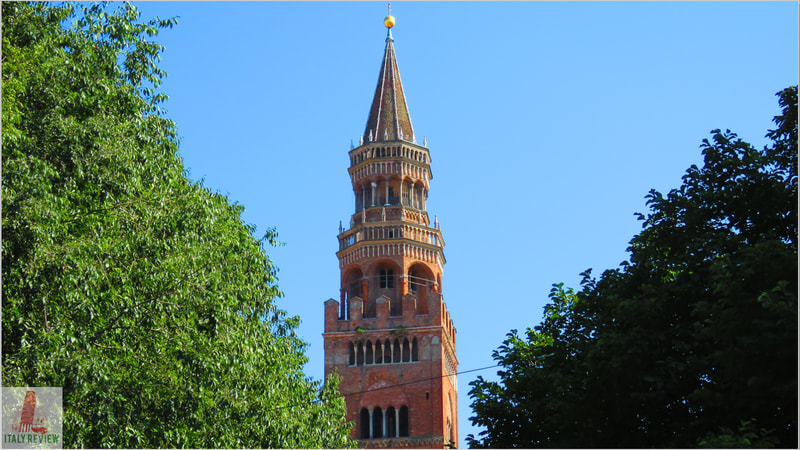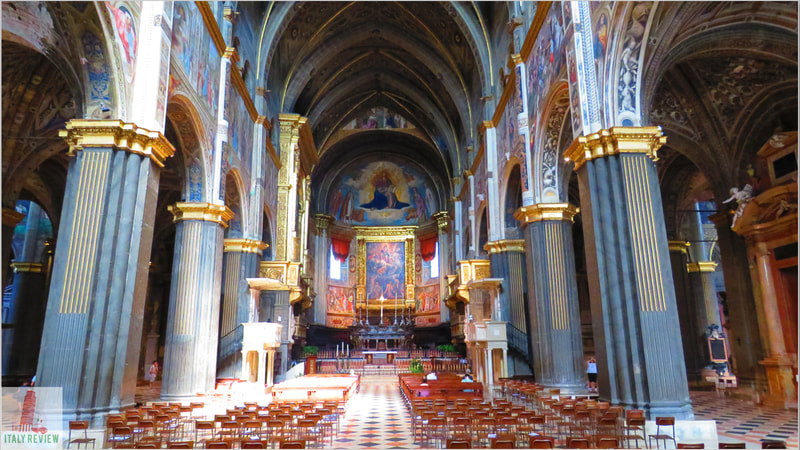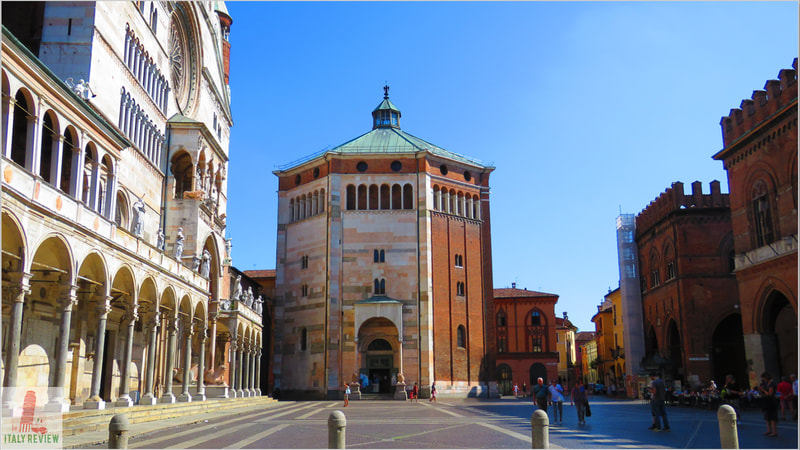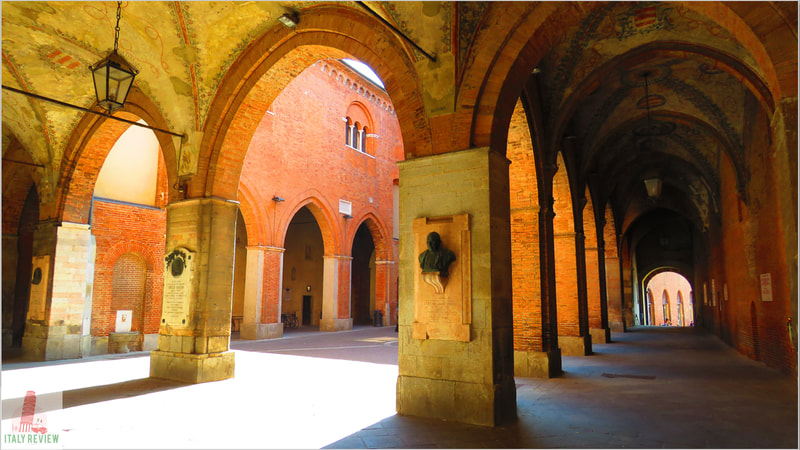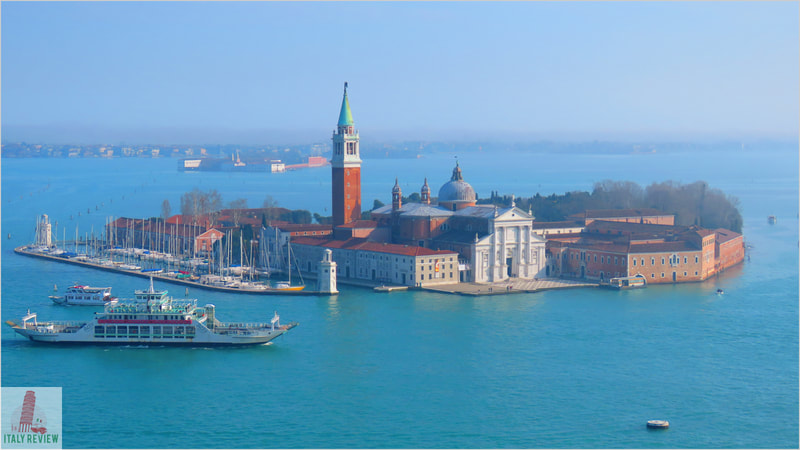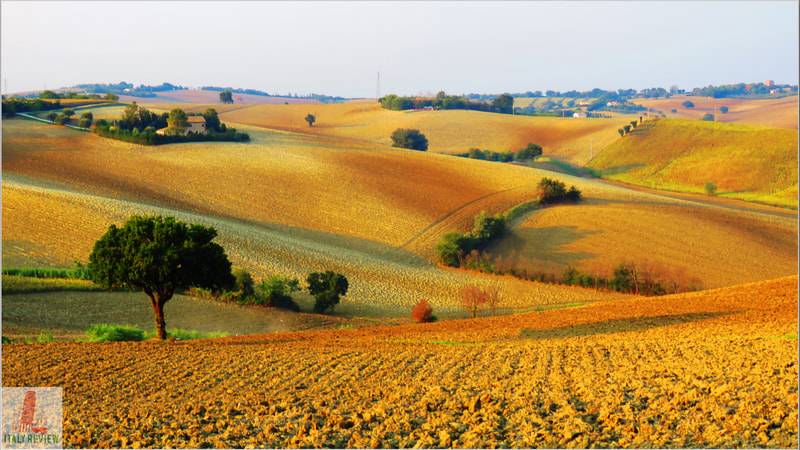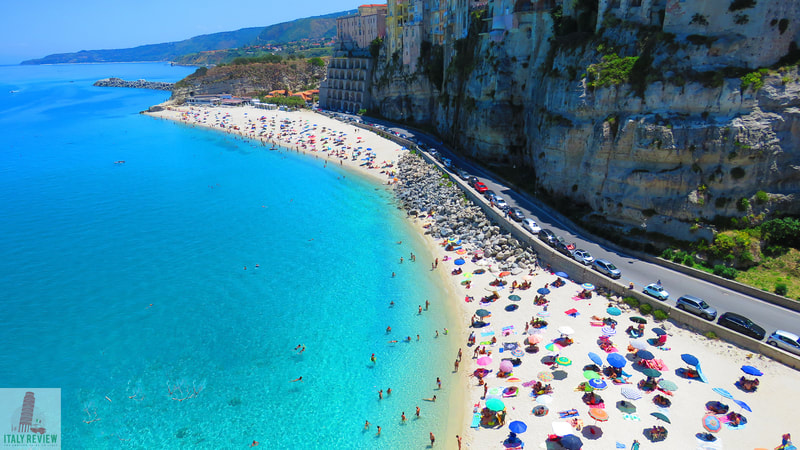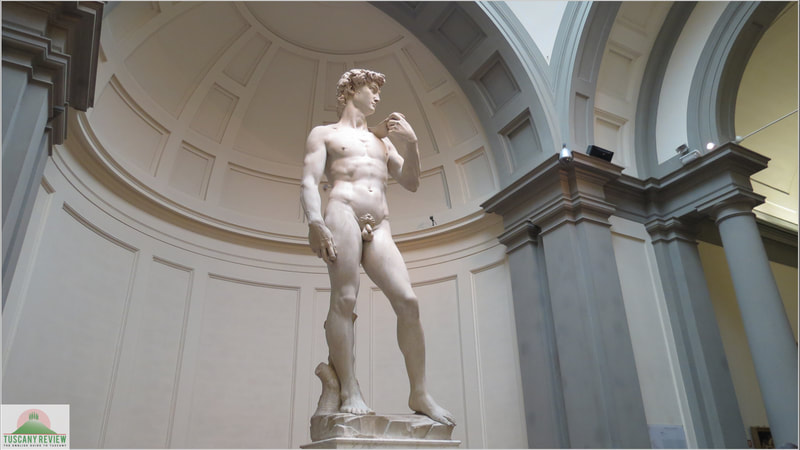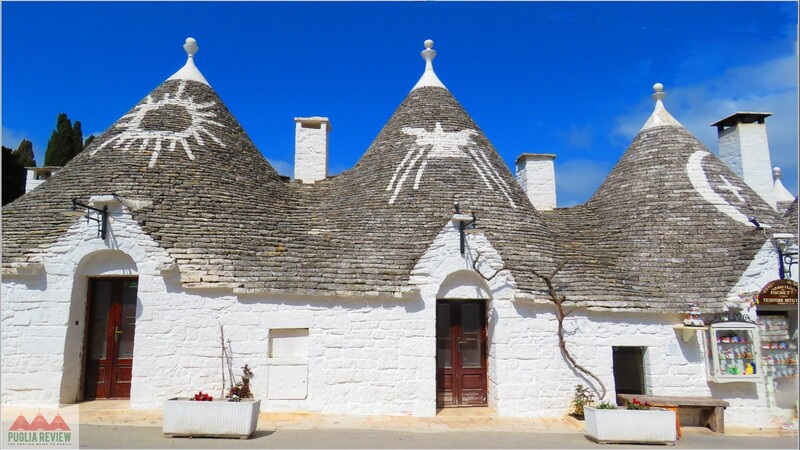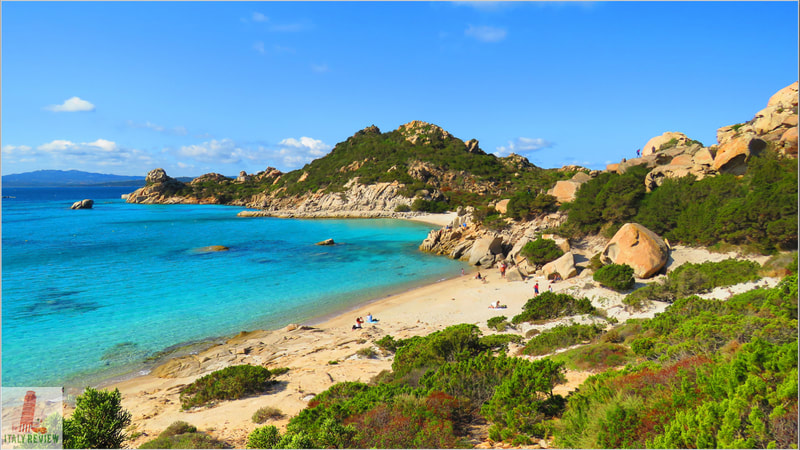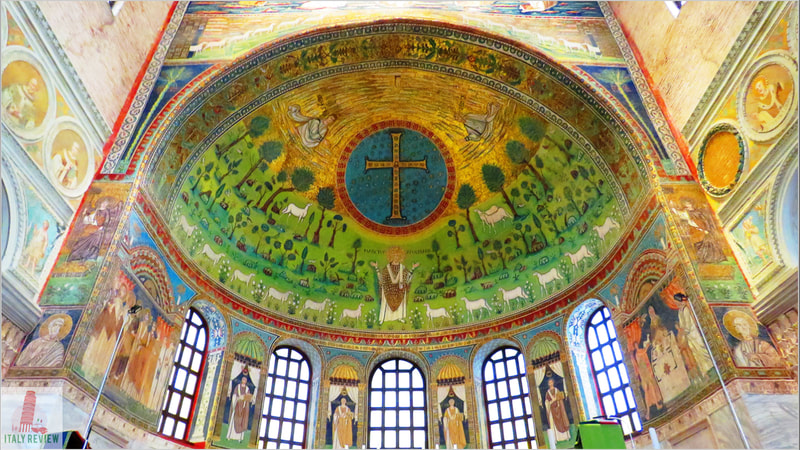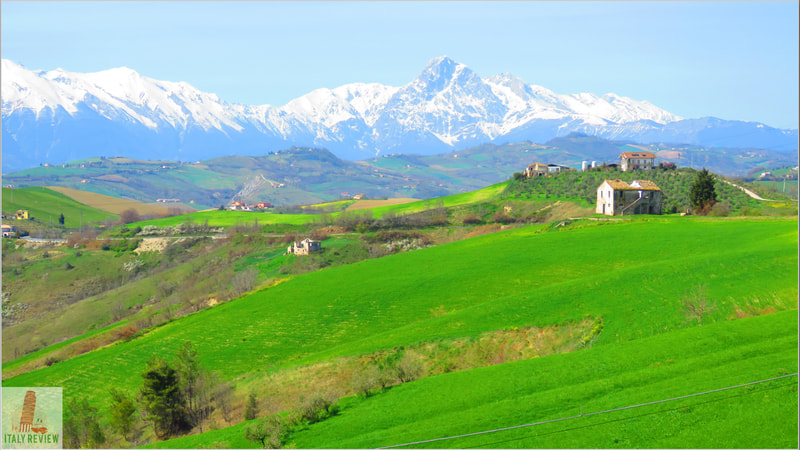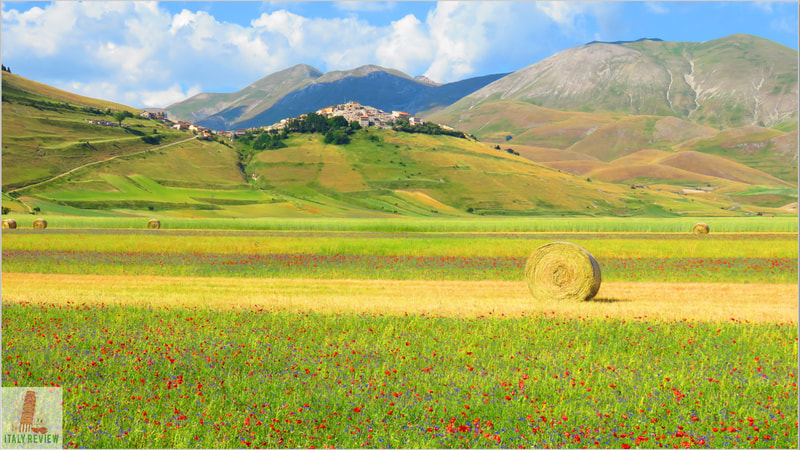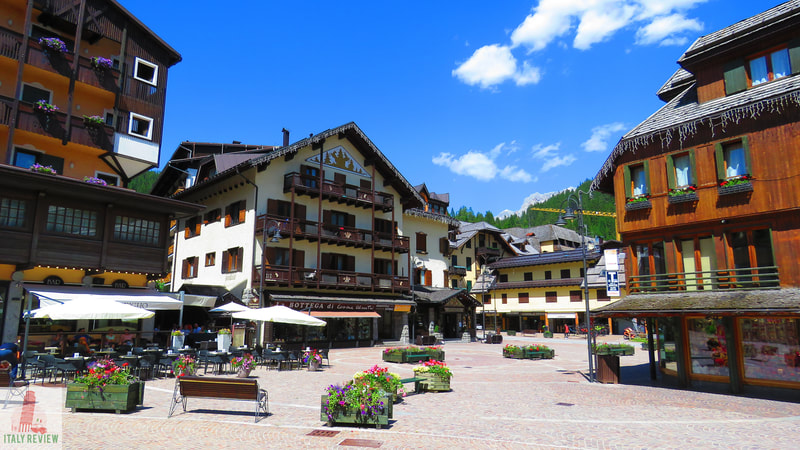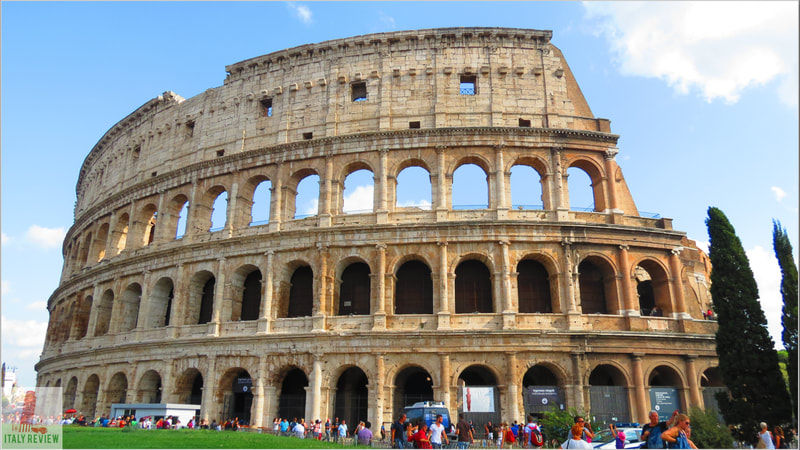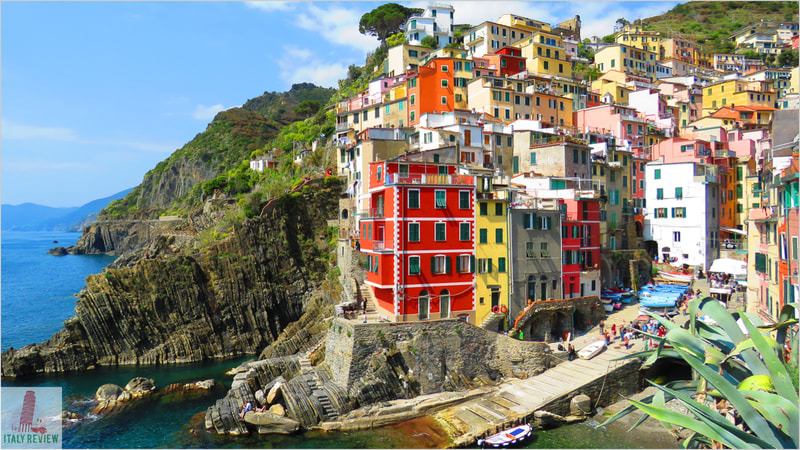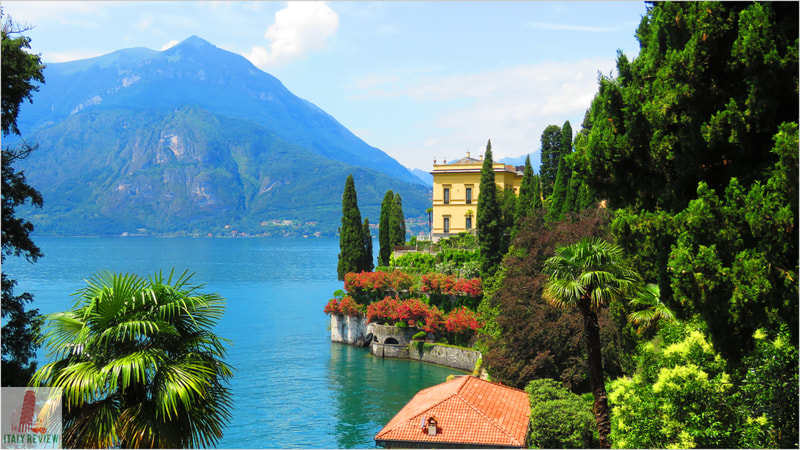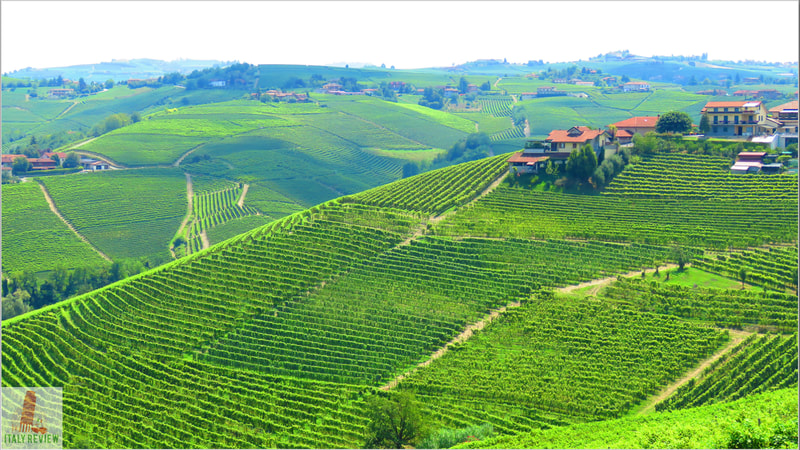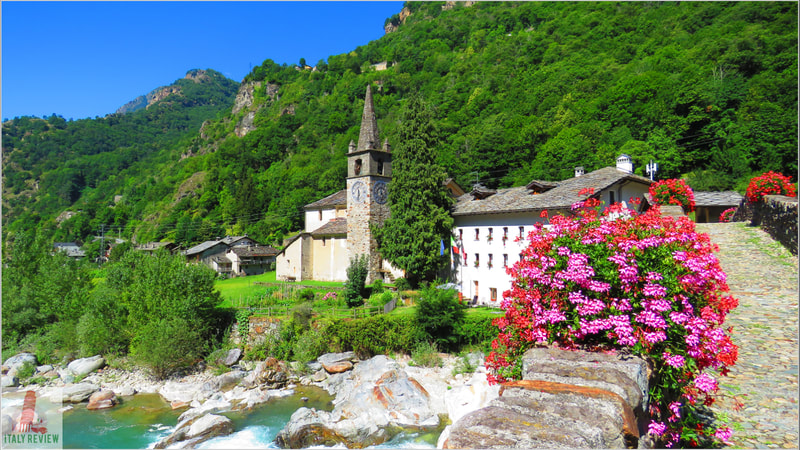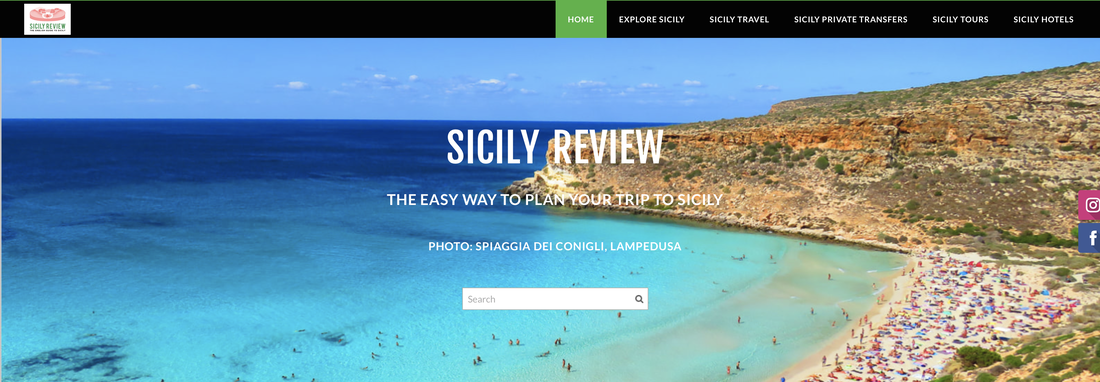Cremona
|
By Dion Protani
|
Latest update: 30 December 2023
|
|
The city of Cremona is the capital city of the Province of Cremona with a population of 71,967 inhabitants.
Standing at an elevation of 47 metres above sea level, it covers a total area of 70 km² and lies 100 kilometres south east of Milan, the regional capital of Lombardy. A once powerful city state, the city oozes history with its medieval and Renaissance buildings but it is to the world of music that Cremona owes most of its fame, and specifically to the violin. |
Related links
Stradivarius and Cremona's Violins
Numerous Cremonese family names such as the Amati and Guarneri have stamped their mark on the art of violin making but none so much as Antonio Stradavari, better known as Stradivarius (1644 - 1737). Cremona's association with the violin industry extends to around 100 workshops in the city centre, an International School of Violin Making and of most interest to visitors, a Violin Museum (Museo del Violino). Cremona also hosts a triennial exhibition for stringed instruments, the Triennale Internazionale degli Strumenti ad Arco.
The Violin Museum is situated just a short walk from the city's main square: Piazza del Comune. On the way from the museum to Piazza del Comune you'll pass another significant square: Piazza Stradivari with a statue of Stradivarius one of its ornaments.
Numerous Cremonese family names such as the Amati and Guarneri have stamped their mark on the art of violin making but none so much as Antonio Stradavari, better known as Stradivarius (1644 - 1737). Cremona's association with the violin industry extends to around 100 workshops in the city centre, an International School of Violin Making and of most interest to visitors, a Violin Museum (Museo del Violino). Cremona also hosts a triennial exhibition for stringed instruments, the Triennale Internazionale degli Strumenti ad Arco.
The Violin Museum is situated just a short walk from the city's main square: Piazza del Comune. On the way from the museum to Piazza del Comune you'll pass another significant square: Piazza Stradivari with a statue of Stradivarius one of its ornaments.
Piazza del Comune
There's a palpable sense of grandeur when you first enter Piazza del Comune; its buildings all come from the medieval and Renaissance period but their size and extravagance still cause the jaw to ever so slightly drop even now in modern times. The main building here is Cremona Cathedral with its enormous facade but even that is dwarfed by the gargantuan bell tower next to it, known as the Torrazzo ("Great Tower"). If you're feeling energetic and don't suffer from vertigo then you can climb the tower's 502 steps that stretch to a height of 111 metres. From the top, the views of Cremona and beyond are exceptional and repay your effort (and courage if you're not keen on the internal winding staircase) handsomely.
Back on terra firma, you can visit another important building on Piazza del Comune: the Cremona Baptistery. Also, just behind the Baptistery on Piazza Sant'Antonio Zaccaria, you can see a second facade of Cremona Cathedral. The final two buildings of interest on Piazza del Comune are the Palazzo del Comune and the Loggia dei Militi, both built in the 13th century.
There's a palpable sense of grandeur when you first enter Piazza del Comune; its buildings all come from the medieval and Renaissance period but their size and extravagance still cause the jaw to ever so slightly drop even now in modern times. The main building here is Cremona Cathedral with its enormous facade but even that is dwarfed by the gargantuan bell tower next to it, known as the Torrazzo ("Great Tower"). If you're feeling energetic and don't suffer from vertigo then you can climb the tower's 502 steps that stretch to a height of 111 metres. From the top, the views of Cremona and beyond are exceptional and repay your effort (and courage if you're not keen on the internal winding staircase) handsomely.
Back on terra firma, you can visit another important building on Piazza del Comune: the Cremona Baptistery. Also, just behind the Baptistery on Piazza Sant'Antonio Zaccaria, you can see a second facade of Cremona Cathedral. The final two buildings of interest on Piazza del Comune are the Palazzo del Comune and the Loggia dei Militi, both built in the 13th century.
Beyond Piazza del Comune
The streets around Piazza del Comune are full of shops and places to eat, streets such as Largo Boccaccino or Via Mercatino to name just two. Around all of these streets you'll find numerous places where you can sample Cremona's most famous food product: the Torrone.
Not to be confused with the Torrazzo, the Torrone is a nougat-based sweet celebrated every November at the Festa del Torrone (Torrone Festival) which takes over the city centre.
The streets around Piazza del Comune are full of shops and places to eat, streets such as Largo Boccaccino or Via Mercatino to name just two. Around all of these streets you'll find numerous places where you can sample Cremona's most famous food product: the Torrone.
Not to be confused with the Torrazzo, the Torrone is a nougat-based sweet celebrated every November at the Festa del Torrone (Torrone Festival) which takes over the city centre.
Comune di Cremona
|
Province: Cremona
Region: Lombardy Population: 70,841 (source: ISTAT 1 January 2023) Total size: 70 km² Elevation: 47 metres Top sights: Piazza del Comune, Torrazzo, Cremona Cathedral Recommended accommodation: Hotel Astoria Close by: Pizzighettone, Piacenza, Crema, Lodi, Busseto, Mantova |
Cremona Travel
Cremona's main train station (Stazione Cremona Centrale) is located 1.3 kilometres north of the city centre, a walk of 16 minutes. If you're planning to visit one of the city's main museums, the Museo Civico Ala Ponzone, you'll find that half way between the train station and Piazza del Comune. Trains from Cremona reach Milan (Milano Centrale) in an hour and 10 minutes, stopping along the way in Lodi (38 minutes) among other places. Heading north it's 58 minutes to Brescia or east, an hour and 10 minutes to Mantova.
The most convenient airports for Cremona are Milan Linate Airport which is an hour away by car and a distance of 93 kilometres, Milan Bergamo Airport which is an hour and 4 minutes drive (102 km) or Verona Airport which is almost the same distance and journey time as Bergamo, (1 hour 7 minutes, 105 km).
The most convenient airports for Cremona are Milan Linate Airport which is an hour away by car and a distance of 93 kilometres, Milan Bergamo Airport which is an hour and 4 minutes drive (102 km) or Verona Airport which is almost the same distance and journey time as Bergamo, (1 hour 7 minutes, 105 km).
|
Public transport: train station 1.3 km from centre, local buses
By car: Brescia - 45 mins (56 km), Lodi - 49 mins (70 km) |
Fly to: Milan Linate Airport - 1 hour by car (95 km)
By train: Lodi - 38 minutes, Brescia - 58 minutes |
Cremona Gallery
Cremona Overview
Profile
Cremona, a charming city in the Lombardy region of northern Italy, is celebrated worldwide for its exceptional violin-making heritage. It's a place where craftsmanship and music harmonize in an enchanting cultural symphony. Cremona's historic center, with its medieval and Renaissance architecture, preserves a rich artistic legacy alongside a vibrant modern community.
History
Cremona's fame stems primarily from the master luthiers, including Antonio Stradivari and Guarneri del Gesù, who crafted legendary violins here in the 17th and 18th centuries. The city's historical significance extends to its Roman roots and medieval past, evident in landmarks like the Cremona Cathedral.
Tourist Information
Travel Information
Cremona, a charming city in the Lombardy region of northern Italy, is celebrated worldwide for its exceptional violin-making heritage. It's a place where craftsmanship and music harmonize in an enchanting cultural symphony. Cremona's historic center, with its medieval and Renaissance architecture, preserves a rich artistic legacy alongside a vibrant modern community.
History
Cremona's fame stems primarily from the master luthiers, including Antonio Stradivari and Guarneri del Gesù, who crafted legendary violins here in the 17th and 18th centuries. The city's historical significance extends to its Roman roots and medieval past, evident in landmarks like the Cremona Cathedral.
Tourist Information
- Violin Making: Visit the Museo del Violino (Violin Museum) to explore the history of violin making and view a remarkable collection of instruments, including those crafted by Stradivari and Guarneri.
- Piazza del Comune: This elegant central square is framed by historic buildings, including the Cremona Cathedral and the Torrazzo, one of Italy's tallest brick bell towers.
- Palazzo Comunale: The Town Hall is an architectural gem that houses the Civic Museum and a collection of art and historical artifacts.
- Culinary Delights: Savor local specialties like "tortelli cremaschi" (stuffed pasta), nougat, and "mostarda" (fruit in mustard syrup) at local eateries.
- Stringed Instrument Workshops: Cremona is still home to skilled luthiers who carry on the tradition of crafting exceptional stringed instruments. You can even tour some of these workshops.
Travel Information
- Location: Cremona is situated in the Lombardy region of northern Italy, approximately 80 kilometers (50 miles) southeast of Milan.
- Access: You can reach Cremona by train from Milan, which takes about 1.5 to 2 hours. Alternatively, you can drive or take a bus.
- Accommodation: Cremona offers a range of accommodation options, including hotels, bed and breakfasts, and guesthouses, many of which are centrally located.
- Best Time to Visit: Spring and early autumn are ideal for visiting Cremona when the weather is pleasant and outdoor activities can be enjoyed.
- Local Tips: If you're a music enthusiast, consider attending concerts or performances featuring Cremona's world-famous violins, and explore the city's musical traditions.

